AO Edited
Barbican Conservatory
This hidden green space is the city's second largest conservatory.
Atop the Barbican’s main theater, wrapped around the fly tower, sits a secret two-story conservatory filled with lush greenery, somewhat at odds with the dull gray of the rest of the Brutalist Barbican estate. This conservatory is the second largest in London (after Kew Gardens) and home to over 1,500 species of plants, but is one of the city’s lesser-known green spaces.
The conservatory was opened in 1982 and was intended to be a major visitor attraction and indoor green oasis for Londoners. However, visitor numbers were low. Over the years, the city corporation reduced opening hours and instead leased the conservatory out as a venue for private parties and corporate events. The public can now only visit on Sunday afternoons and a select few other dates, making it a hidden gem.
The conservatory is split into two main houses. The larger is the tropical house, containing palms, exotic shrubs, fruit trees, and an impressive collection of chilli plants in one corner. A flight of stairs leads to the arid house, which is filled with cacti and succulents, some of which have grown so large they are twisting against the glass roof, looking very much as if they are trying to escape. A café serves a luxurious (and expensive) afternoon tea—booking is advised. There are also two fish ponds, filled with colorful koi carp, rudd, and roach. A terrapin pool is perched on a ledge by the arid house, its residents having been invasive species “rescued” from ponds on Hampstead Heath.
Know Before You Go
The conservatory is open from 12 p.m. on selected days every week. Admission is free, but tickets must be booked via the website. Opening dates and tickets are released one week in advance.





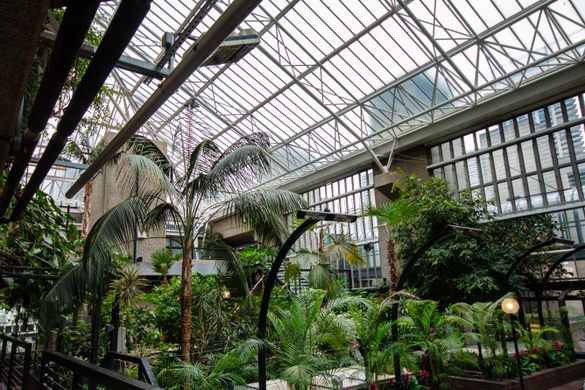
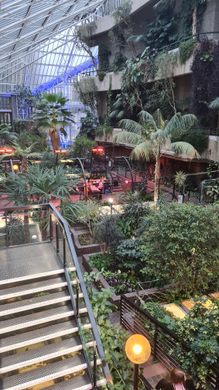






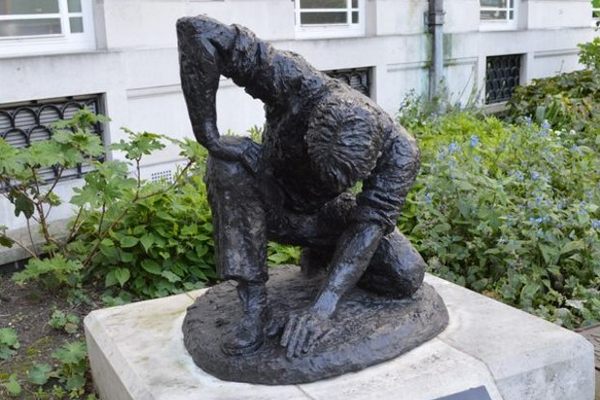



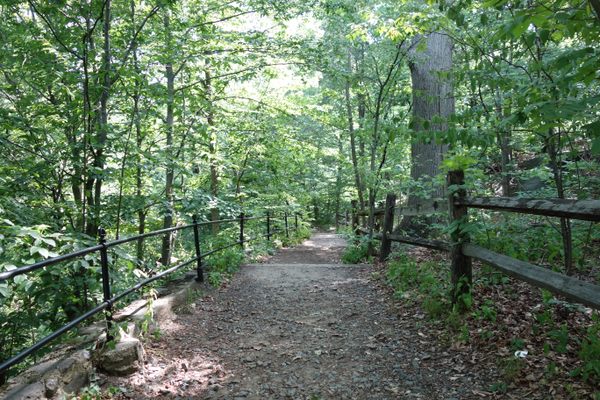


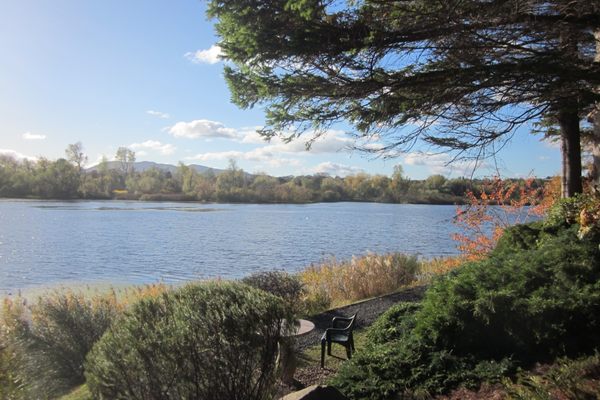

Follow us on Twitter to get the latest on the world's hidden wonders.
Like us on Facebook to get the latest on the world's hidden wonders.
Follow us on Twitter Like us on Facebook